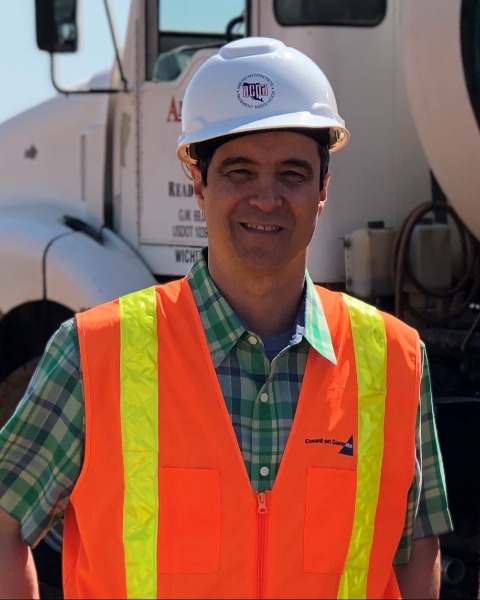Pavements 2025
Case Studies on Paving Projects
Pavement Case Studies
Renewed interest in the use of alternate pavement designs for airfield pavement rehab projects
Tuesday, June 10, 2025
9:15 AM - 9:30 AM MT
Room: Solana F

Greg Dean
Executive Director
ACPA-SE Chapter
Raleigh, NC, United States
Greg Dean
Executive Director
ACPA-SE Chapter
Raleigh, NC, United States
Primary Author(s)
Presenter(s)
Abstract: Chapter 3 of the FAA AIP Handbook states the airport sponsor has the option to design and bid both asphalt and concrete alternatives for a project. However, most airfield pavement projects are bid with only one pavement design. This study reviewed recent case studies of when alternate pavement designs were used at airports within the southeastern area. Several case studies involved the use of concrete overlays and one of the overlays was an award winner by the slag cement association for sustainable construction practices. Discussion will include the possible advantages of using alternate designs and alternate bids for airfield pavement projects. These advantages are the increased number of project bids, the potential for lower unit material costs and the possibility to have a longer-life pavement. Project scopes and award outcomes for various airfield pavement projects will be shared. Although a life-cycle cost analysis has been an acceptable means of reaching an award decision for pavement alternatives, another strategy that has been successfully employed when bidding alternate airfield paving projects, is the bid documents simply stating the airport sponsor will select an option and award the project based on a material preference, provided funding is made available. The study discussed the merits of each approach.
Learning Objectives:
Attendees can expect to learn the following from this session:
- Gain understanding of possible advantages of using alternate designs and alternate bids for airfield pavement projects.
- list a minimum of three case study airfield pavement projects that incorporated alternate pavement designs as part of the bidding documents.
- describe approaches of selecting a preferred pavement design alternate that enabled a project award to move forward.
